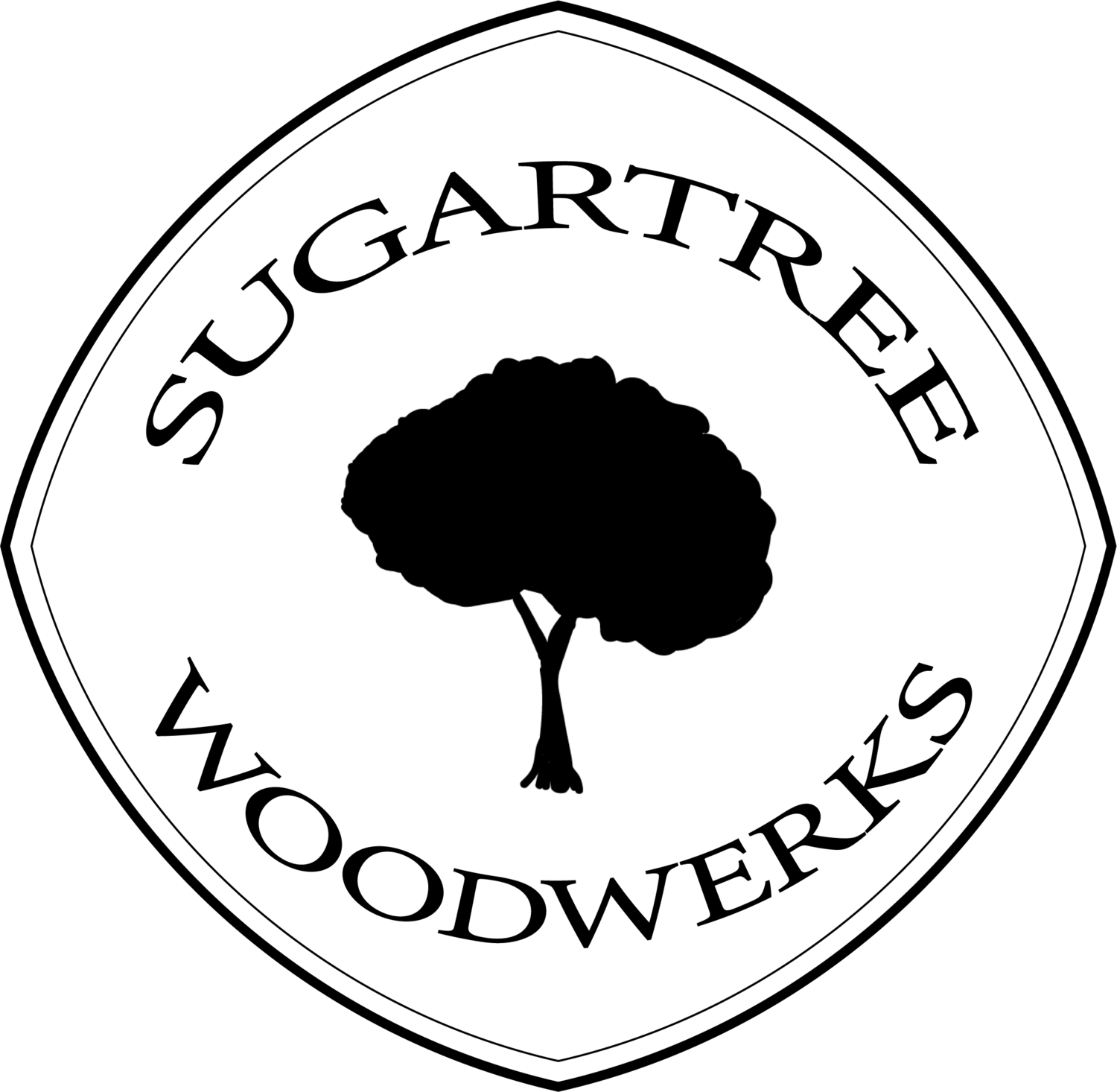Coming Clean About Cutting Boards: Part 1
Coming clean about cutting boards:
Part 1: Grain Direction
Alright I am guilty...
There was once a time when I defiantly took a stand, declaring I would not make a cutting board. I thought them to be cliche or maybe too simple. This shallow opinion regarding cutting boards, was forever changed when the scrap wood infestation began in the shop. To wage ware against the growing pile of various hardwoods, the cutting board was the obvious option. After doing my research, and building several of these, I have a newly humbled respect for these "simple" wooden cutting boards. There is more that meets the eye, when it comes to these elegant kitchen accessories.
Before beginning operation scrap attack, it appeared that all you do is glue strips of wood together, sand them, and bam you have a cutting board. Yes this is true, but there is more to it than that. There are many questions to answer when creating a cutting board. Edge grain or end grain? Species of wood, and how many types? How big? Juice grooves? Handles? Symmetry? No symmetry? Perhaps a custom design burned onto it?
Yikes! It becomes complicated very quickly. Let us simplify things by focusing on end/edge grain construction and a few rules.
Grain direction
Edge grain or end grain?
Interesting terms that define the direction of the wood grain on the cutting surface.
Wood is nothing more than a dried bundle of vertical tubes. These vertical tubes represent the wood grain You could visually compare this to a holding a handful of straws. During the tree's life, these tubes transport water from the roots to the leaves. When viewing dried lumber the ends of the tubes is the end grain. The sides of the tubes, that is the edge grain. This is where the photosynthetic magic happens. I will spare the biology lesson though. Just know that the end of the wood is the end grain and the side of the wood edge grain.
End Grain
An end grain cutting board
Notice the vertical direction of the grain on the side
End grain cutting boards feature the grain of the wood in a vertical fashion. This means the cutting surface is the "end" of the grain. If you look at a stump and can count the rings, you are looking at endgrain.
End grain cutting boards are easier on your knives, due to the fact that the knife slides in between the grains when cutting. Your knife will stay sharper because of this, and leave less cutting marks on the board.
Cutting boards made in the end grain style, use more wood than edge grain boards due to how they are constructed. This makes them more expensive, but the results are worth the extra cost. There is a limit to the types of wood that can be used. Wood with large open grains are notgood to use. It is important to use dense hardwood when making end grain cutting boards.
Edge Grain
An edge grain cutting board
Notice the parallel grains making up the cutting surface
Edge grain cutting boards, or butcher blocks as they are commonly called, uses the side of the wood as the cutting side. So this means your knife is cutting into what would be the side of the tree.
By using the edge grain, the natural beauty of the wood grain is highlighted. Although sturdy, edge grain boards are harder on your knives, dulling them faster. These boards do show cut marks quicker over time.
Edge grain cutting boards use less material to make. So depending on the species of wood, they are generally cheaper. One other advantage to this grain direction is that you can use more wood types that you normally would not be able to use in end Grain boards.
Two Important Rules To Follow
When selecting wood for a cutting board, there really is a lot of variety to choose from. Woods from all over the world, various grain patterns, and colors. The possibilities are endless. There are a few rules of thumb to follow, however, when selecting wood for a cutting board.
1. Avoid soft woods, such as pine and cedar.
2. Endgrain boards should only use closed grain hardwoods.
Avoiding softwoods will ensure you have a hard durable cutting surface. Dings, scratches and warping will be minimized when only using hardwoods.
Only using closed grain hardwoods on end grain cutting boards, allow for a smoother cutting surface, and more sanitary board. Open grained boards are often difficult to clean. Little bits of food could get caught in the large grains. If not washed very carefully, well, I do not think I need to tell you what that means.
That is all for now...
So there you have it. Looking at my scrap pile, I needed to make a choice. I knew I needed to decide between end and edge grain. To make that determination though, I needed to take stock of what I had to work with. Join me next time as we go through the scrap pile and talk wood species used for cutting boards.
Are you team edge grain or team end grain? Comment below and let us know!



